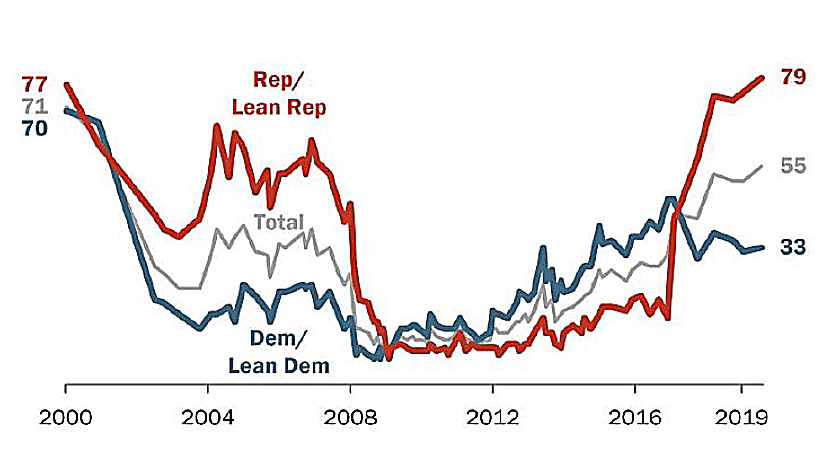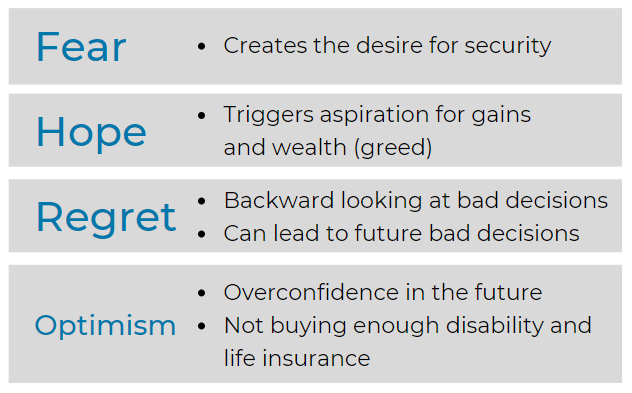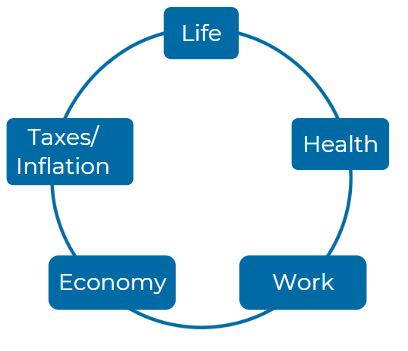Healthcare Provider Update: Healthcare Provider for Northrop Grumman: Northrop Grumman provides various healthcare benefits through multiple providers, including major insurers such as UnitedHealthcare, Aetna (CVS Health), Anthem (Elevance Health), and Cigna. Their offerings include comprehensive health insurance plans, which encompass medical, dental, and vision coverage to address the diverse needs of their employees. Potential Healthcare Cost Increases for Northrop Grumman in 2026: As Northrop Grumman navigates the complex landscape of healthcare costs, employees may face significant increases in their out-of-pocket expenses in 2026. Healthcare premiums are projected to rise sharply, with many states experiencing hikes of over 60%, driven by a combination of escalating medical costs and the potential loss of enhanced federal subsidies. A report from the Kaiser Family Foundation indicates that approximately 92% of ACA marketplace policyholders could see their premiums swell by more than 75%, reflecting the profound impact of regulatory changes and heightened insurer rate demands. This environment calls for proactive planning and financial preparation to mitigate the impending financial challenges associated with healthcare coverage. Click here to learn more
Featured Video
Articles you may find interesting:
- Corporate Employees: 8 Factors When Choosing a Mutual Fund
- Use of Escrow Accounts: Divorce
- Medicare Open Enrollment for Corporate Employees: Cost Changes in 2024!
- Stages of Retirement for Corporate Employees
- 7 Things to Consider Before Leaving Your Company
- How Are Workers Impacted by Inflation & Rising Interest Rates?
- Lump-Sum vs Annuity and Rising Interest Rates
- Internal Revenue Code Section 409A (Governing Nonqualified Deferred Compensation Plans)
- Corporate Employees: Do NOT Believe These 6 Retirement Myths!
- 401K, Social Security, Pension – How to Maximize Your Options
- Have You Looked at Your 401(k) Plan Recently?
- 11 Questions You Should Ask Yourself When Planning for Retirement
- Worst Month of Layoffs In Over a Year!
- Corporate Employees: 8 Factors When Choosing a Mutual Fund
- Use of Escrow Accounts: Divorce
- Medicare Open Enrollment for Corporate Employees: Cost Changes in 2024!
- Stages of Retirement for Corporate Employees
- 7 Things to Consider Before Leaving Your Company
- How Are Workers Impacted by Inflation & Rising Interest Rates?
- Lump-Sum vs Annuity and Rising Interest Rates
- Internal Revenue Code Section 409A (Governing Nonqualified Deferred Compensation Plans)
- Corporate Employees: Do NOT Believe These 6 Retirement Myths!
- 401K, Social Security, Pension – How to Maximize Your Options
- Have You Looked at Your 401(k) Plan Recently?
- 11 Questions You Should Ask Yourself When Planning for Retirement
- Worst Month of Layoffs In Over a Year!
U.S. Initial Jobless Claims, Per Week

Total U.S. Nonfarm Payrolls

GDP Annualized Growth Rate

During the last 75.75 years (since 1945) there have been 190 declines of 5% or greater.

Sources: Standard & Poor’s Corporation; Copyright 2020 Crandall, Pierce & Company
The Market's Reaction to a Financial Crisis
Cumulative total return of a balanced strategy: 60% stocks, 40% bonds

Indices are not available for direct investment. Their performance does not reflect the expenses associated with the management of an actual portfolio. Past performance is not a guarantee of future results. Not to be construed as investment advice. Returns of model portfolios are based on back-tested model allocation mixes designed with the benefit of hindsight and do not represent actual investment performance. See the “Balanced Strategy Disclosure and Index Descriptions” pages in the Appendix for additional information.


data-hs-cos-general-type='widget' data-hs-cos-type='module'>
Consider these five Elements:
How can Northrop Grumman employees effectively maximize their retirement income, and what role do pension plans and personal investments play in this strategy? It's important for employees to understand how components like the Pension Plan Benefits, Savings Plan Benefits, and Social Security Benefits collectively provide a robust retirement framework. This question invites a detailed exploration of how Northrop Grumman's various programs interact, and what actions employees can take to ensure they are optimizing their retirement savings.
Maximizing Retirement Income at Northrop Grumman: Northrop Grumman employees can maximize their retirement income by effectively leveraging the combination of Pension Plan Benefits, Savings Plan Benefits, Social Security Benefits, and Personal Savings and Investments. Each component plays a crucial role: the pension plan provides a defined benefit based on salary and years of service, the savings plan offers a vehicle for tax-advantaged growth through employee and employer contributions, and social security offers a baseline of income adjusted for inflation. Employees should aim to maximize their contributions, particularly to the 401(k) plan, and manage their investments according to their individual retirement timelines and risk tolerance.
What are the different types of retirement benefits available to Northrop Grumman employees, and how do these benefits impact retirement planning? Employees should be aware of the distinctions between defined benefit plans, like the Heritage TRW, and defined contribution plans, such as the 401(k) Savings Plan. This question will allow an in-depth examination of how these benefits function and their significance in the context of Northrop Grumman's overall compensation structure.
Types of Retirement Benefits: Northrop Grumman offers both defined benefit and defined contribution retirement plans. The Heritage TRW Pension Plan, a defined benefit plan, bases pensions on final average earnings and years of service. The 401(k) Savings Plan, a defined contribution plan, allows employees to save and invest with tax advantages, with contributions from both the employee and employer. Understanding these plans' structures and benefits is essential for employees to plan effectively for retirement.
In what ways have recent changes to the Northrop Grumman Pension Program affected employees who are planning to retire in the near future? Understanding the specifics of benefit adjustments or freezing final average earnings will be pivotal for employees' retirement planning. This inquiry will encourage discussion around how these changes influence both current and future retirees regarding their readiness for retirement and their financial planning.
Impact of Recent Changes to Pension Program: Recent changes to the Northrop Grumman Pension Program, such as the freezing of the final average earnings calculation as of December 31, 2014, affect employees planning to retire soon. These changes may alter the expected retirement benefits for some employees, making it crucial for near-retirees to reassess their projected pension benefits under the new rules and plan accordingly to meet their retirement goals.
How do Northrop Grumman employees qualify for early retirement under the current pension plan, and what benefits can they expect? This question should delve into the eligibility criteria for early retirement based on age and years of service, as well as highlight the benefits associated with this option. It provides an opportunity to explore the trade-offs and advantages of opting for early retirement versus working longer.
Early Retirement Qualifications and Benefits: Northrop Grumman employees can qualify for early retirement if they are at least 55 years old with 10 years of vesting service, receiving benefits reduced based on early retirement factors. Understanding these factors and the impact on the retirement benefits can help employees decide the best age to retire to maximize their pension benefits while considering their personal and financial circumstances.
What essential steps should Northrop Grumman employees take to prepare for retirement, including understanding their pension plan and social security benefits? This question can explore the various resources available, such as tools and calculators provided by Northrop Grumman, and the importance of proactive planning. Employees should consider how their decisions today will influence their retirement lifestyle, including the necessity of accumulating both pension and social security benefits.
Preparation Steps for Retirement: Employees should take proactive steps such as utilizing Northrop Grumman’s retirement calculators, attending planning seminars, and consulting with financial advisors available through the Northrop Grumman Benefits Center. It's also important for employees to understand how their pension benefits interact with Social Security and personal savings to create a comprehensive retirement strategy.
What options do Northrop Grumman employees have for managing their savings after retirement, and how can they choose the best strategy for their individual needs? Discussion here can encompass the different methods for drawing down retirement accounts, the importance of balancing withdrawals with ongoing expenses, and considerations for managing longevity risk. It is crucial for retirees to think about how they will provide for themselves throughout their retirement years.
Post-Retirement Savings Management: After retirement, Northrop Grumman employees need to manage their withdrawals from savings plans carefully to sustain their income throughout retirement. Considering factors like withdrawal rates, tax implications, and investment risk will help in maintaining a stable financial status in the retirement years.
How does Northrop Grumman determine the final average earnings (FAE) used in calculating pensions, and what factors should employees consider to impact this calculation positively? This question could lead to a discussion about the significance of high-earning years, the concept that only the top five consecutive earning years count, and how employees can strategically plan their careers to boost their FAE for retirement.
Determining Final Average Earnings (FAE): Northrop Grumman calculates FAE for pension benefits based on the highest five consecutive years of earnings. Employees should aim to maximize their earnings during these peak years, as this will directly increase the pension benefits they receive upon retirement.
What are the specific vesting requirements for Northrop Grumman's pension plans, and why is understanding these concepts critical for employees? As employees may leave the company at various stages of their careers, grasping how vesting works can significantly affect their financial security. This question allows for a detailed discussion on how years of service translate into non-forfeitable benefits.
Understanding Vesting Requirements: Vesting in Northrop Grumman's pension plans requires completing three years of service, after which the benefits earned become non-forfeitable. Employees should be aware of their vesting status, especially if considering changing jobs, as it impacts their eligibility for pension benefits.
How can Northrop Grumman employees effectively utilize the resources available through the Northrop Grumman Benefits Center for their retirement planning needs? This question invites exploration of what tools and guidance are obtainable through the Benefits Center, including contact methods, online resources, and personalized retirement evaluations, allowing employees to make informed decisions about their retirement.
Utilizing Northrop Grumman Benefits Center Resources: The Northrop Grumman Benefits Center offers tools, resources, and support for retirement planning. Employees should frequently use these resources, such as the retirement income calculator and personalized consultations, to plan effectively for their retirement.
How can Northrop Grumman employees find additional information regarding their retirement options and resources, including the most effective ways to contact the Northrop Grumman Benefits Center? With a focus on how to access support and information, this question emphasizes the role of company resources in assisting employees with their retirement strategies.ã€4:4†source】
Finding Retirement Information and Support: Additional information about retirement options and resources can be accessed through Northrop Grumman's Benefits Online portal and the Benefits Center. Employees are encouraged to actively use these channels for up-to-date information and personalized support to navigate their retirement planning effectively.




















-2.png?width=300&height=200&name=office-builing-main-lobby%20(52)-2.png)









.webp?width=300&height=200&name=office-builing-main-lobby%20(27).webp)


-2.png)









.webp)